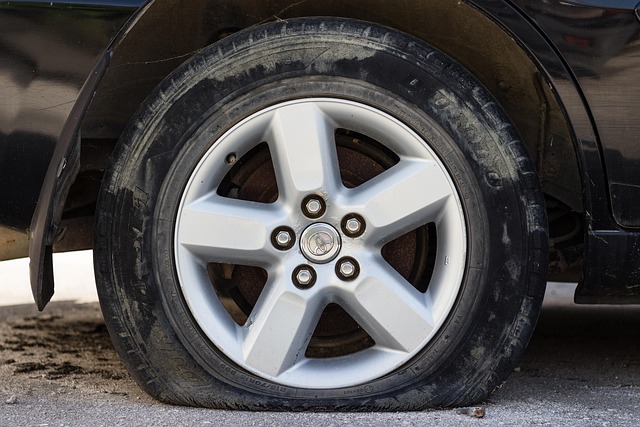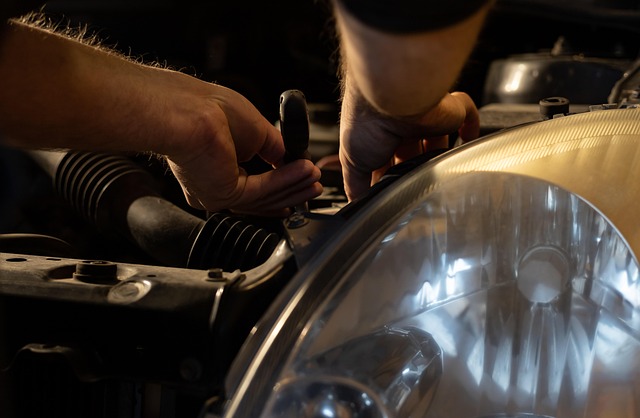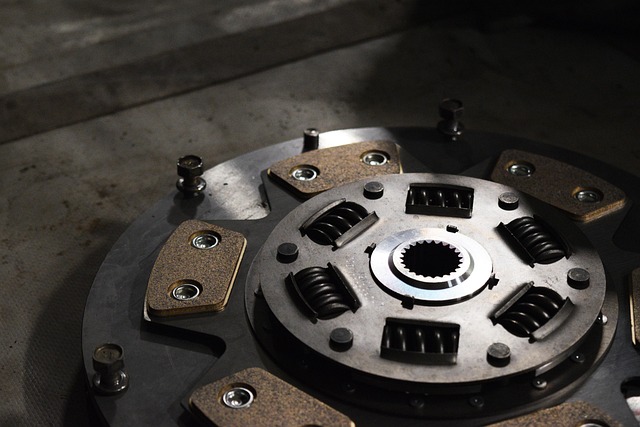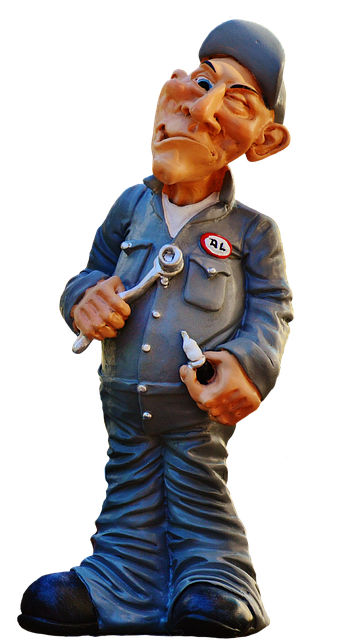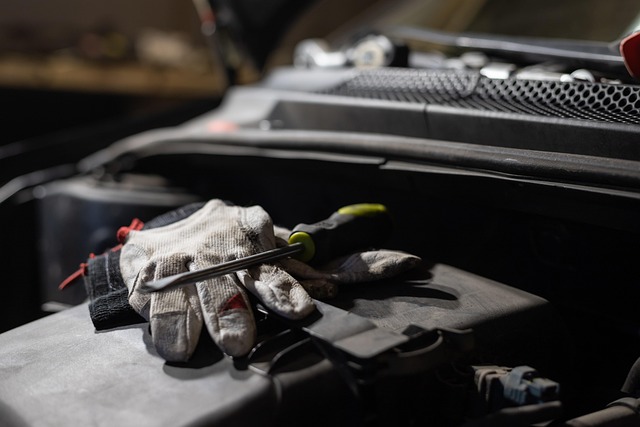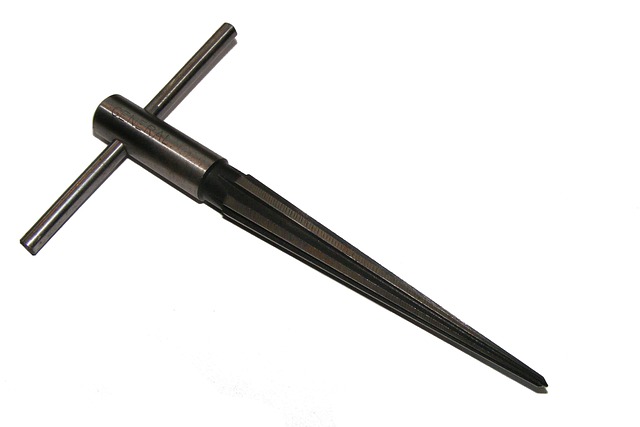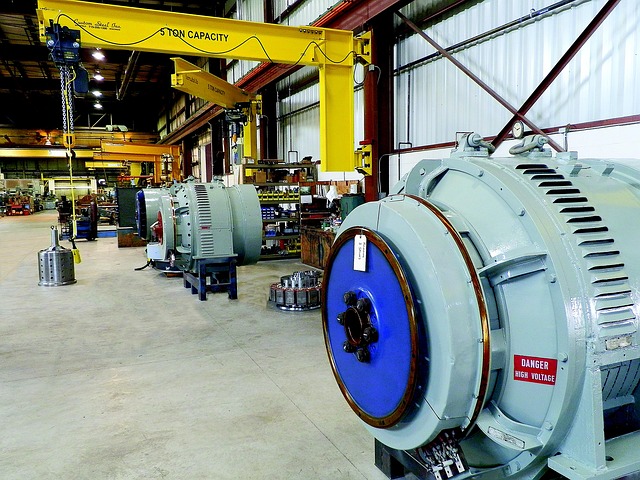OEM (Original Equipment Manufacturer) certification is a key marker of auto repair shops' expertise, offering numerous advantages within the automotive industry. Certified shops demonstrate commitment to superior car repairs adhering to manufacturer guidelines, benefiting collision centers by providing specialized services that preserve vehicles' original designs and quality. By utilizing factory standard repair procedures directly from manufacturers, these shops deliver precise, reliable solutions, enhancing customer satisfaction and maintaining brand reputation. Accessing genuine, up-to-date manuals through digital platforms or direct downloads, and implementing them with structured tasks and continuous training, ensures high-quality vehicle body restoration and repair services based on the latest factory standards.
OEM certification opens doors for repair shops, providing access to manufacturer-approved procedures. This ensures that repairs meet strict quality standards, enhancing customer satisfaction and vehicle reliability.
This article explores how certified workshops unlock these ‘factory standard repair’ procedures, leveraging manufacturer guidelines as a valuable resource. We’ll delve into best practices for effectively accessing and implementing OEM instructions, ensuring precise and consistent repairs.
- Understanding OEM Certification and its Benefits for Repair Shops
- Unlocking Factory Standard Repair Procedures: The Role of Manufacturer Guidelines
- Best Practices for Accessing and Implementing OEM Repair Instructions Effectively
Understanding OEM Certification and its Benefits for Repair Shops
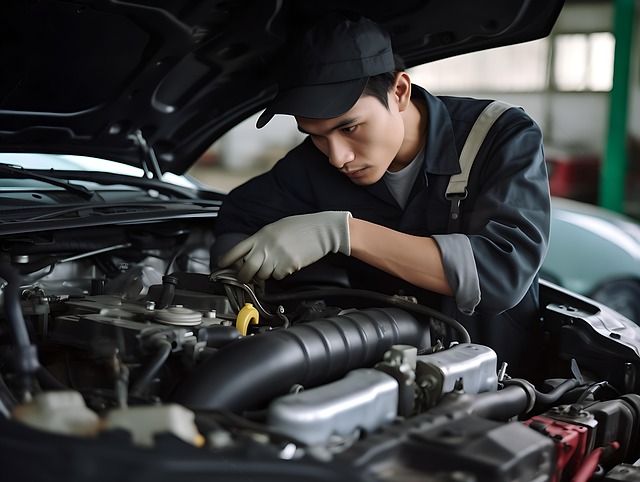
OEM (Original Equipment Manufacturer) certification is a significant milestone for repair shops, offering numerous advantages in the automotive industry. By achieving this certification, shops demonstrate their commitment to delivering top-notch car repair services that adhere strictly to the manufacturer’s guidelines and standards. It assures both manufacturers and customers that the shop possesses the expertise and knowledge required to perform factory standard repairs.
This certification is particularly valuable for collision centers, as it enables them to offer specialized car collision repair services while ensuring the preservation of the vehicle’s original design and quality. By accessing OEM repair procedures, these certified shops can provide precise and reliable solutions, enhancing customer satisfaction and maintaining the integrity of the manufacturer’s reputation.
Unlocking Factory Standard Repair Procedures: The Role of Manufacturer Guidelines

OEM certified shops play a pivotal role in ensuring that vehicle repairs meet manufacturer standards. To access factory standard repair procedures, these shops rely heavily on guidelines provided directly by the car or truck manufacturers. These guidelines serve as a comprehensive blueprint, detailing specific steps and methodologies designed to maintain the original equipment quality and performance.
By adhering to these manufacturer guidelines, auto collision repair and automotive maintenance shops can ensure their work aligns with the vehicle’s design intent. This precision is particularly crucial in complex repairs, where even seemingly minor deviations could impact overall safety and reliability, such as in automotive collision repair scenarios.
Best Practices for Accessing and Implementing OEM Repair Instructions Effectively
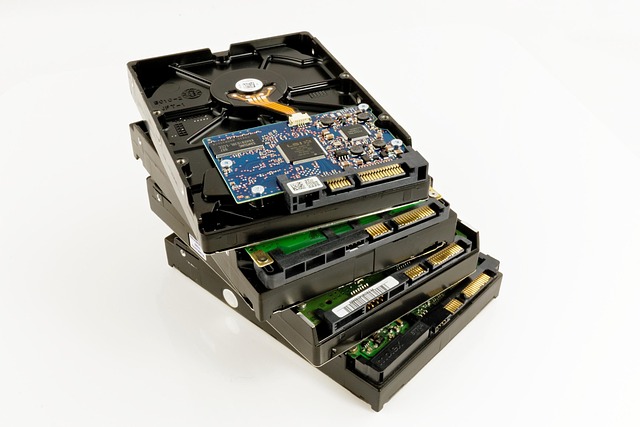
Accessing and implementing OEM (Original Equipment Manufacturer) repair instructions is a critical aspect of providing quality vehicle repair services. The first step involves securing genuine, up-to-date manuals from reliable sources. Many manufacturers offer these procedures to certified shops, ensuring access to factory standard repair information. Utilizing digital platforms or direct downloads from the manufacturer’s website is an efficient best practice, as it ensures the most current data and reduces errors caused by outdated printouts.
Effective implementation requires a structured approach. Shops should designate specialized technicians for each task, following the instructions precisely while allowing room for adaptability. Regular training sessions on new procedures are essential, especially with the constant evolution of vehicle technology. Additionally, cross-referencing with other reputable resources can provide alternative solutions and foster innovation within the shop, ultimately enhancing their ability to deliver top-notch car body restoration and vehicle body repair services.
OEM certification empowers repair shops to access manufacturer’s repair procedures, ensuring they meet factory standards. By adhering to these guidelines, shops can offer high-quality repairs, enhance customer satisfaction, and maintain vehicle performance. Implementing best practices for accessing and following OEM instructions is key to staying competitive in the automotive industry.

